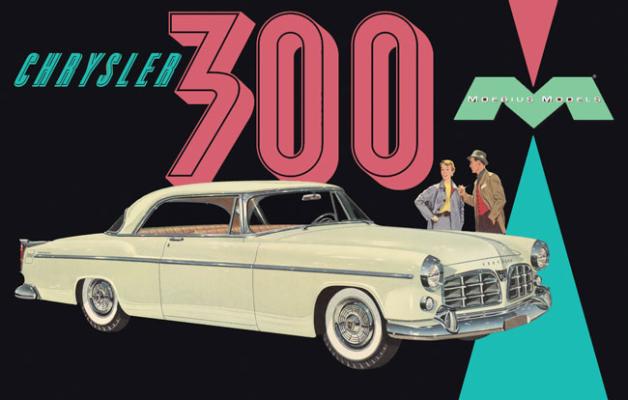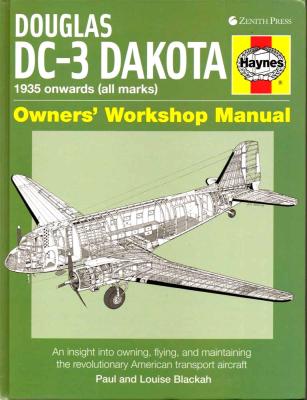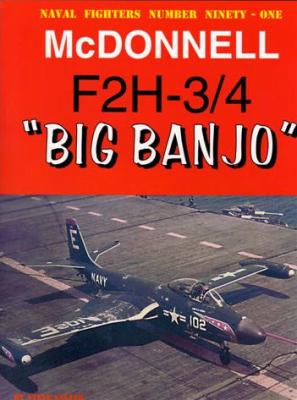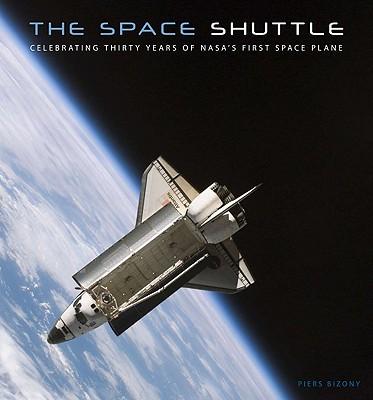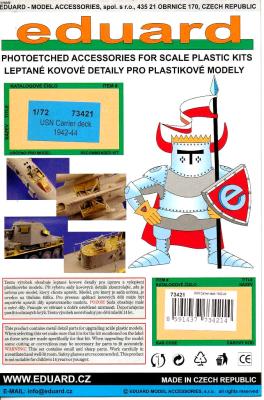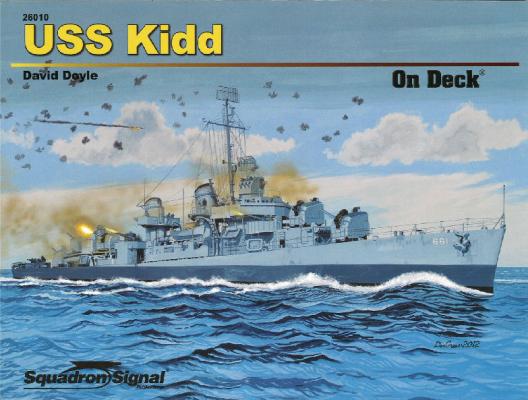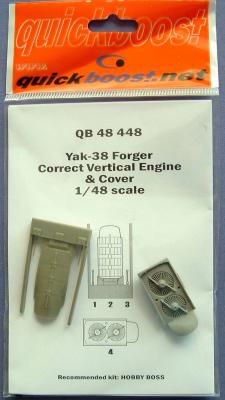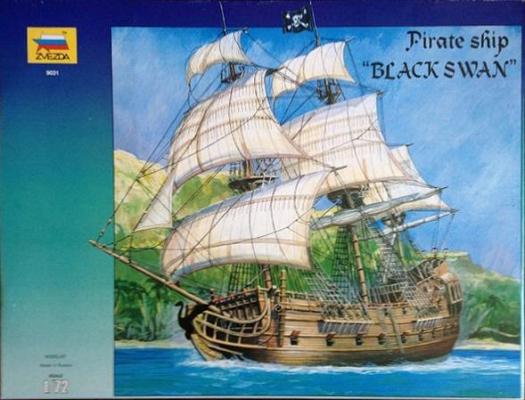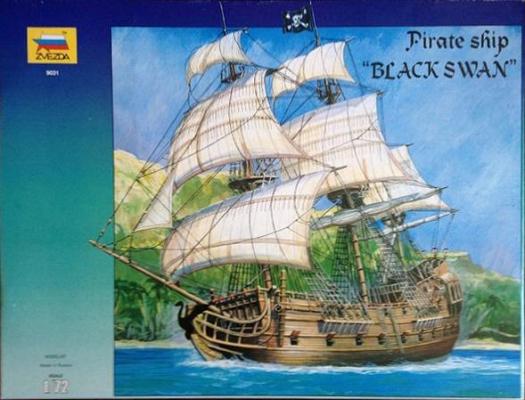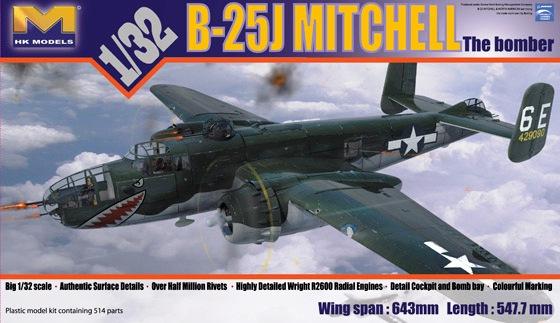History Brief
The Chrysler 300 was so named for its awesome 300 HP FirePower 90 degree V8 Hemi; the name “Hemi” is short for its unique “hemispherical combustion chamber” design. This powerful engine featured dual 4-barrel carburetors, high performance camshafts mated to stiff valve springs, solid lifters, special manifolds and forged crankshaft. Then this bad boy was mated to a modified two-speed “PowerFlite” fully automatic torque converter transmission, sporting Goodyear Special Safety Super Cushion four-ply tires, heavy-duty shocks and leaf springs, front stabilizer bar and brakes. All were above the standard for its time, not to mention a 150-mph speedometer and enlarged dual exhausts. The C300 had the beautiful body styling of a sports coupe and came in three factory color options. In short, the 300 was nothing like Detroit had seen before, with a base price of $4,055 and power steering not standard equipment, it was the first true Muscle Car.

